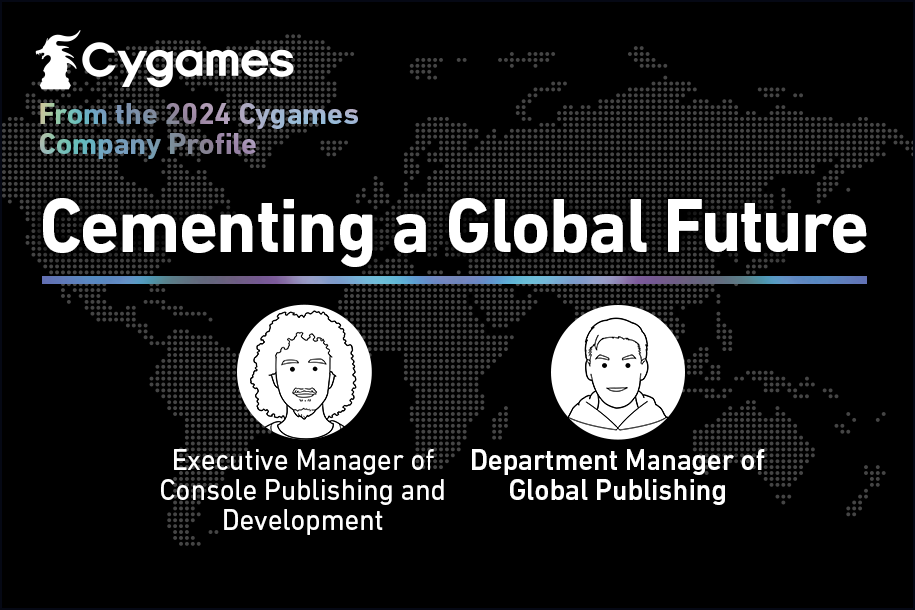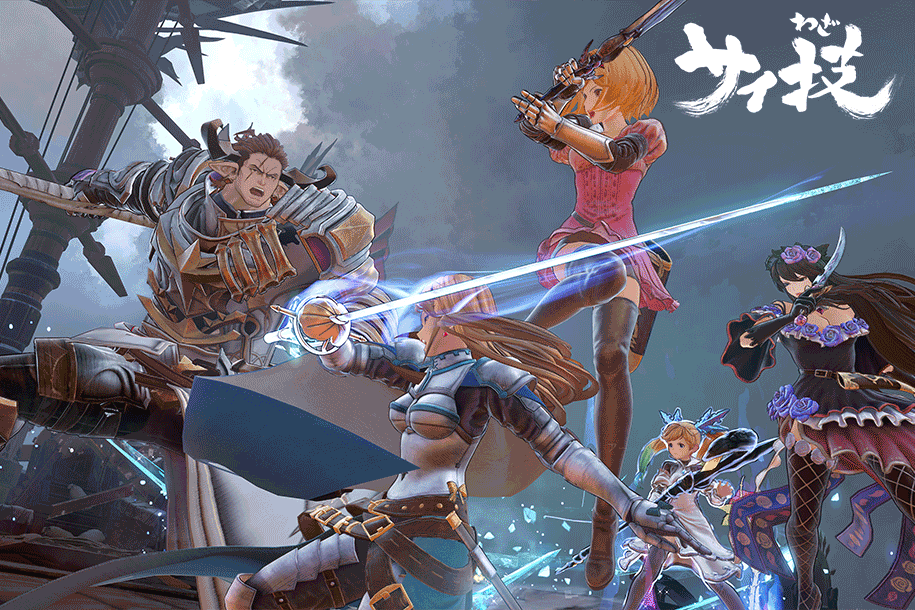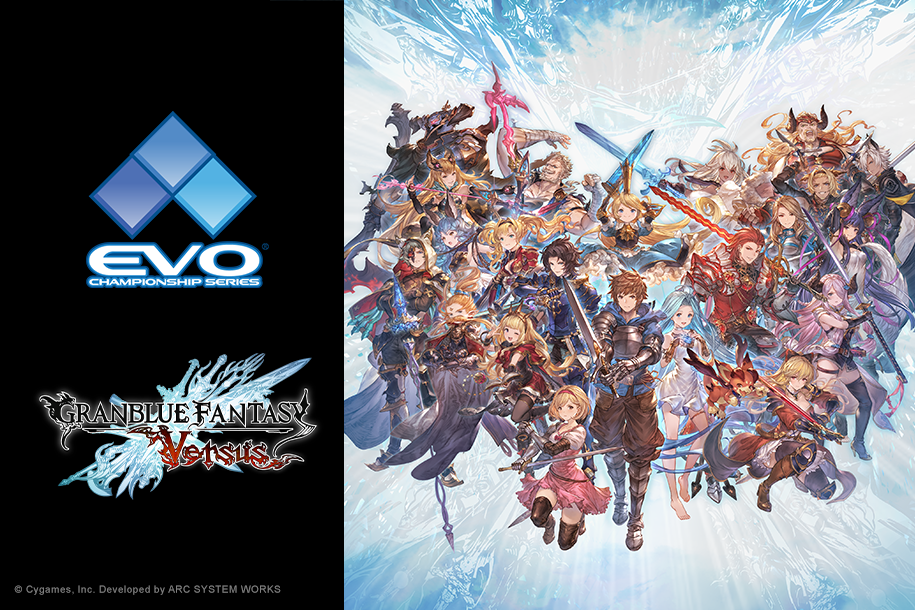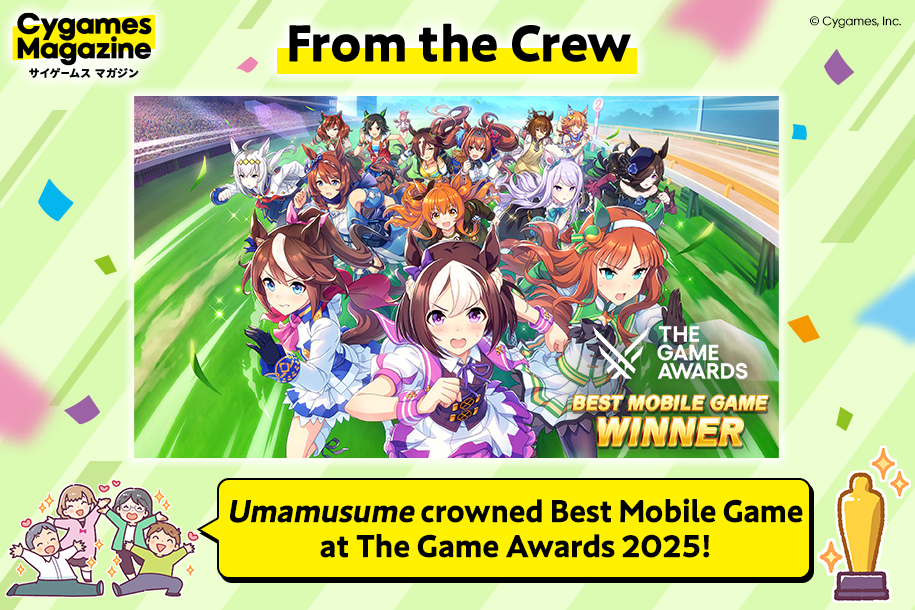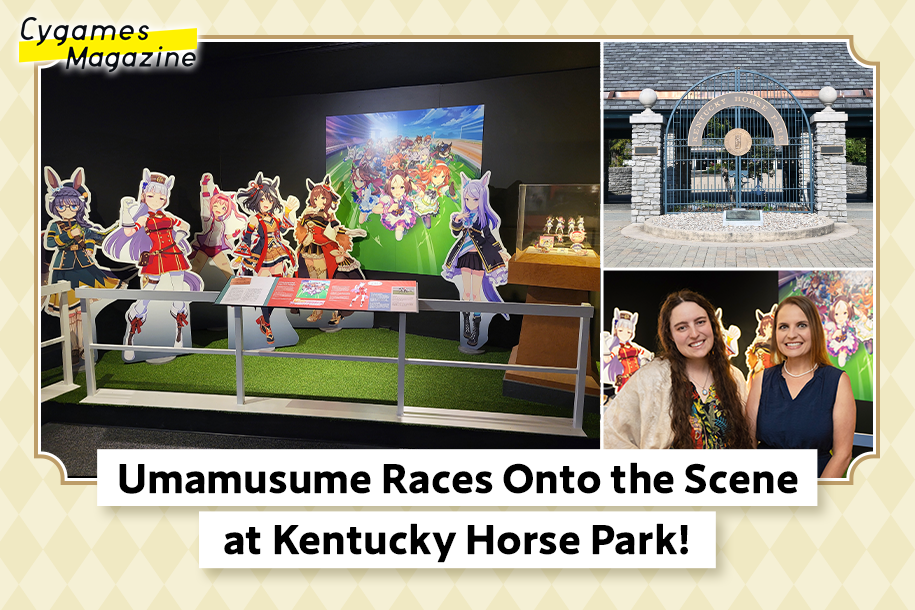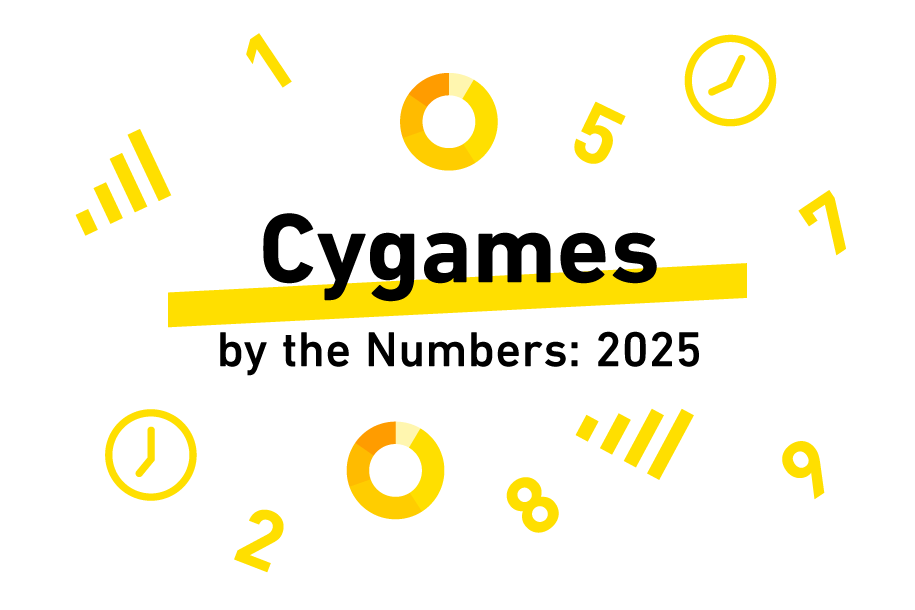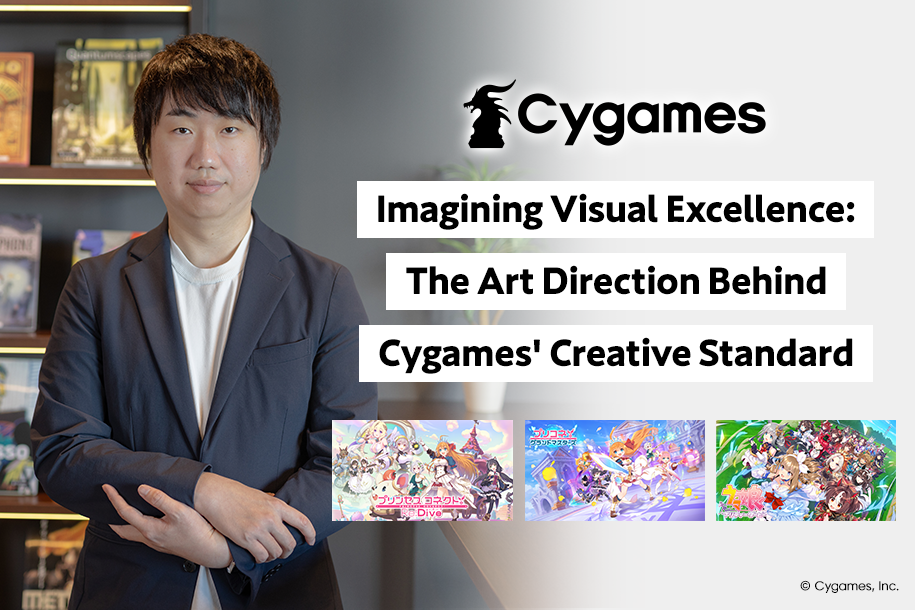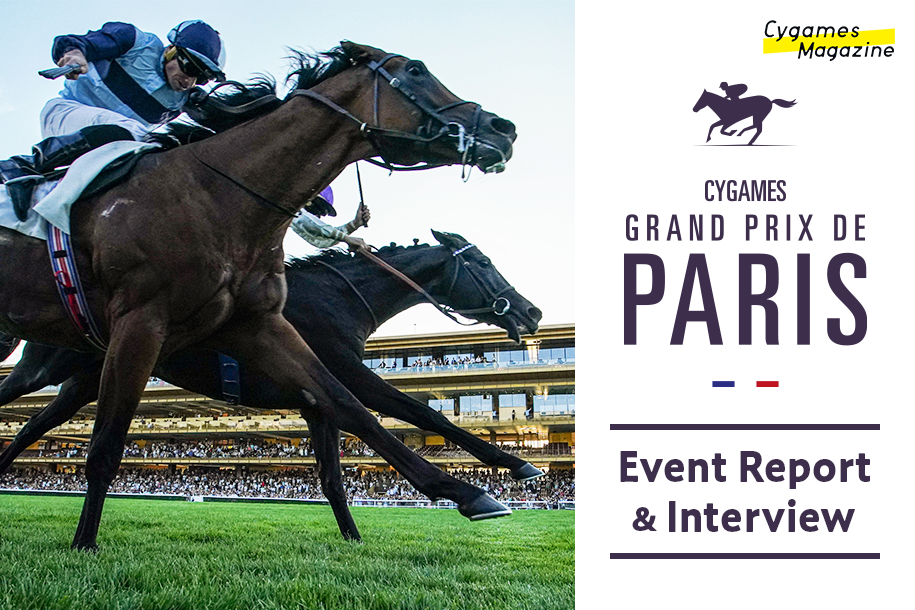Tetsuya Fukuhara—Creative Director of Granblue Fantasy: Versus—Shares Behind-the-Scenes Secrets and His Thoughts About the Game
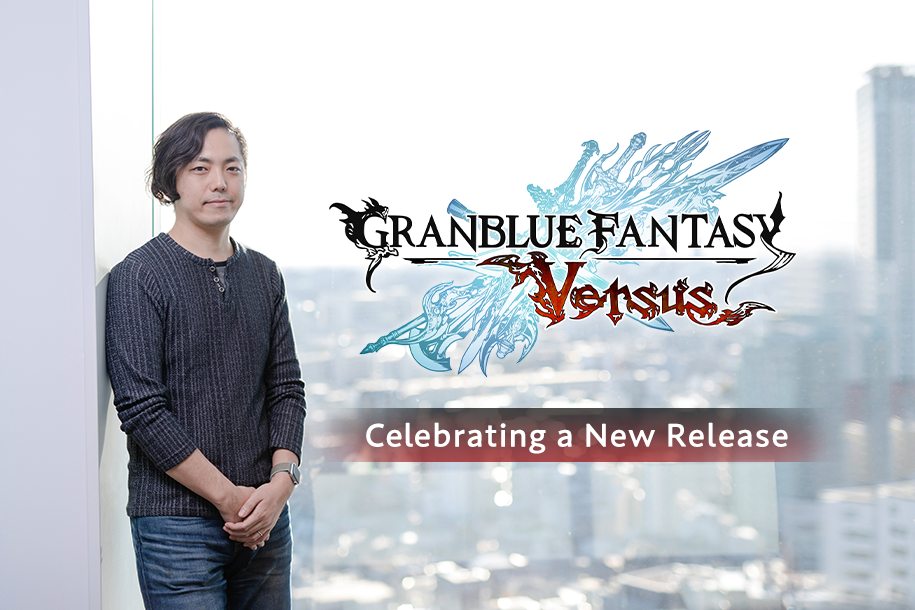
Granblue Fantasy: Versus (GBVS) has been played by many people since its release on February 6. It is a spin-off of Cygames’s flagship title, Granblue Fantasy (Granblue). It is also Cygames’s first fighting game.
We met with Tetsuya Fukuhara, the creative director for GBVS, to get his thoughts on the game and behind-the-scenes insights.
- Creative Director of Granblue Fantasy: VersusTetsuya Fukuhara

- Joined Cygames in 2011. As the director of Granblue Fantasy, he has been involved in its development and operation since the project first started. In addition to working on the development of console games such as Granblue Fantasy: Versus and Granblue Fantasy: Relink, he oversees the Granblue animated series and merchandise, and continues to expand the Granblue Fantasy world.
“I want Granblue fans to play it.” “GBVS was developed with e-sports in mind.” What was the concept behind GBVS?
GBVS is finally out! How do you feel, now that the game has been released?
Fukuhara: I’ve heard several veterans say, “Development will be completed half a year before release, so you’ll forget about it by the time it goes on sale.” But we were really busy preparing a day 1 patch (the first batch of updates available right after release), engaging with retailers, and working on promotion right up to the day before release. I was happy to see the positive reactions upon its release.
What concepts went into the planning and development for this title?
Fukuhara: We had two key points. First we wanted Granblue fans to play it. Since it’s a spin-off, we wanted to make a console game that existing Granblue players could enjoy. We released GBVS as a console game to be played alongside Granblue, to give current Granblue players a new, fun, and exciting experience. In recent years, many people are becoming less familiar with home gaming consoles. So we’ve included simplified game mechanics to better fit the so-called “smartphone generation” of players in an effort to make the game easy to play.
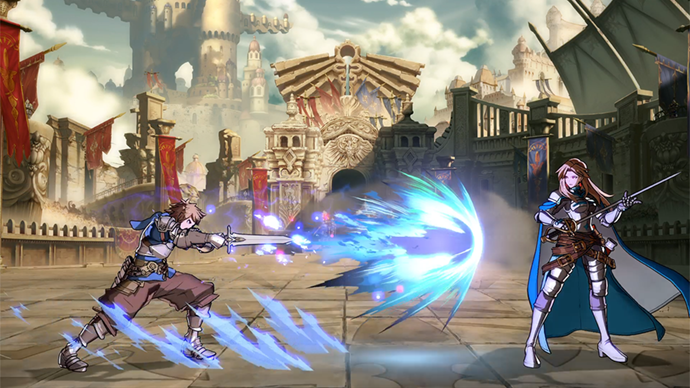
What was the other thing you focused on?
Fukuhara: That would be Cygames’s goal of contributing to the success of the entire games industry, so we developed the game while remaining conscious of how it could help e-sports grow. E-sports has in recent years become a culture of its own, and I think the content we create will help generate more excitement for it. Cygames’s Shadowverse continues to shape the e-sports landscape, and I’d like to see the same be true for GBVS.
There are many types of e-sports, and since one of the core genres of e-sports is fighting games, we strived to develop a high-quality, full-featured game that could stand as the main attraction in that category. I think e-sports are great because it’s fun for both players and spectators, so we designed the game to be enjoyable to watch as well as to play.
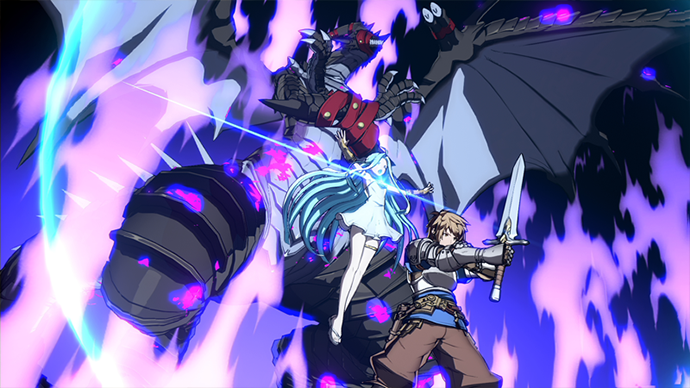
So you even thought about the enjoyment of the spectators. Was turning Granblue into a fighting game always in the works since Granblue’s release?
Fukuhara: No, nobody was thinking about that at first. When we were developing Granblue, we were so focused on wanting to make the game a hit that we didn’t have time to think about anything else. But after the game launched, and many fans flocked to the Granblue IP, GBVS slowly showed signs of becoming a reality. We discussed it at the office and decided to move forward with development.
What was the reason for choosing to make a fighting game, when Granblue itself belongs to a different genre?
Fukuhara: I think they pair well together. A key factor that’s essential to Granblue’s success is its rich cast of characters. In fighting games, players use specific characters for long periods of time, so it’s the ideal genre for putting individual characters in the spotlight and showcasing who they are. It’s the character’s that can make a good game, whether it’s a fighting game or Granblue.
That’s true when you put it that way. I’m sure most Granblue fans have wanted to take control of their favorite characters at least once.
Fukuhara: Yes. Once the project really got going, we were able to work with Arc System Works, a developer whose forte is fighting games. We collaborated very closely together on the project. Personally, I’ve always loved fighting games, and I tend to get sucked in when I play, so I was overjoyed when I learned I’d be taking part in GBVS’s development.
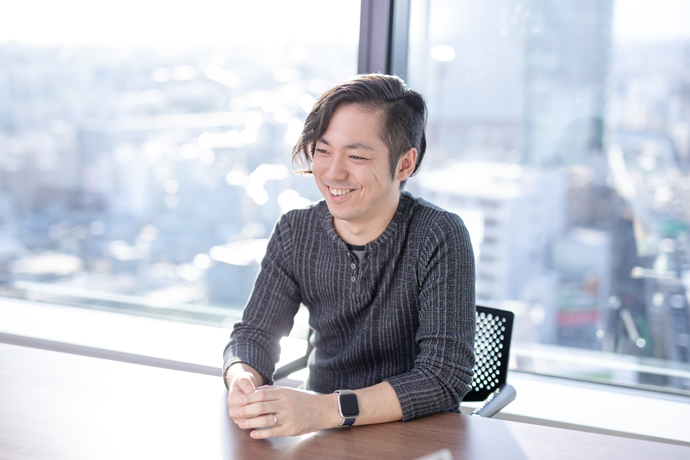
Bringing characters to life out of the screen.
GBVS is a competitive fighting game, but it also has action RPG elements. Can you tell us more about that?
Fukuhara: GBVS has two modes: Versus Mode, which is for one-on-one competitive play, and RPG Mode, which takes the form of an action RPG. Players who want to enjoy the traditional fighting game experience can play Versus Mode. On the other hand, RPG Mode offers an original story for players to enjoy, and, much like Granblue, the ability to develop their characters. In addition to solo play, players can also enjoy co-op play with other players, both locally and online.
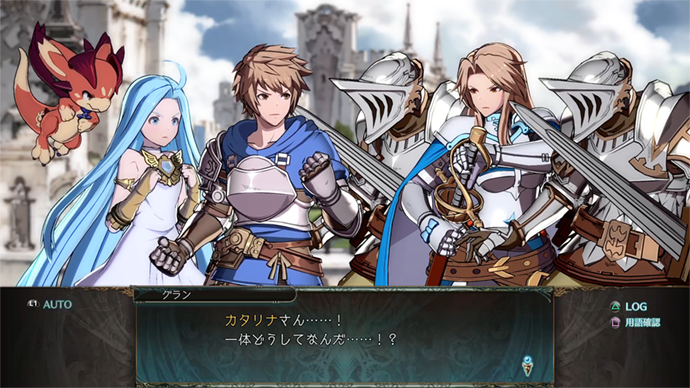
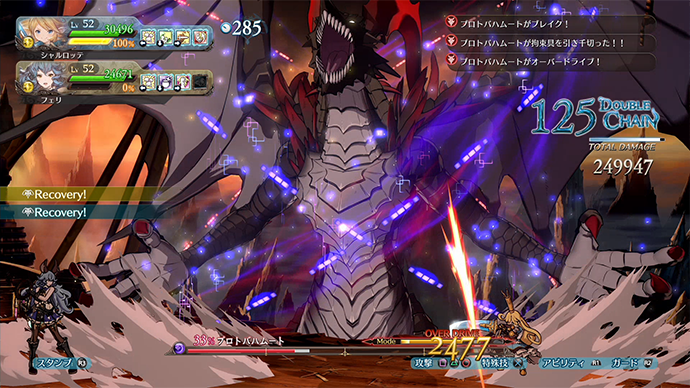
The decision to make GBVS more than just a fighting game was made in order to feature Granblue’s signature style. Is that right?
Fukuhara: Yes, that’s right. As I mentioned earlier, one of the goals was to create a fighting game that Granblue players want to play too, and RPG Mode was one way of achieving that goal.
Also, fighting games and RPGs are fundamentally different in terms of their genres. For people who enjoy RPGs but are intimidated by fighting games, RPG Mode allows them to progress through the game at their own pace without the pressure of competition. And since Versus Mode shares the same controls, it’d be great if RPG Mode introduced players to the competitive side.
That makes sense. Going back to characters being a key part of GBVS, is there anything that makes them stand out?
Fukuhara: Granblue uses 2D graphics while GBVS uses 3D. Much like we did with Granblue, we emphasized the game’s visuals when developing GBVS. For example, in GBVS we used special 3D animation techniques to capture character facial expressions as they might appear in an anime.
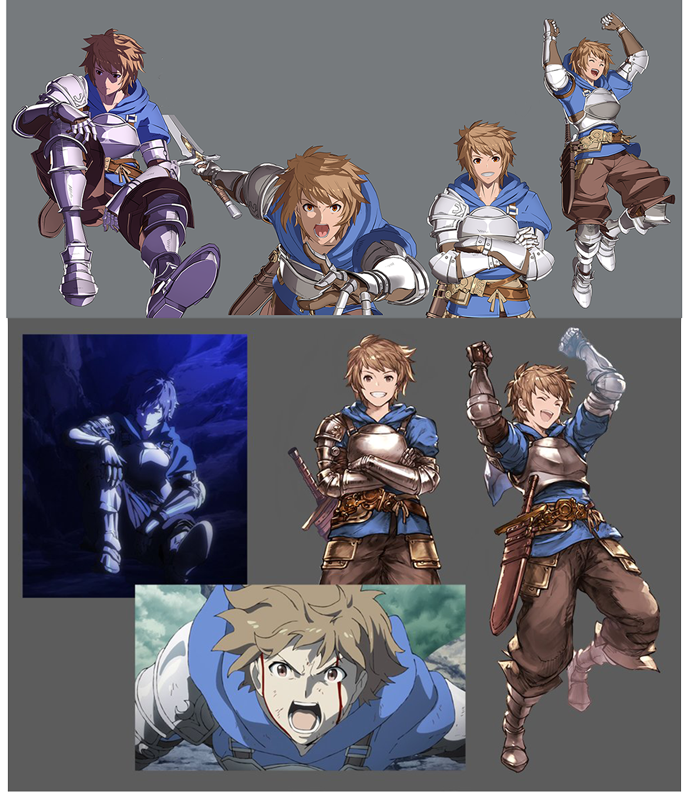
The fighting visuals are incredibly stylistic! Each character must have required variations in their animations.
Fukuhara: Yes. We paid special attention to how characters move and perform actions because that’s such an important aspect of fighting games. We incorporated lots of details in the way characters move to fit who they are, something that hasn’t been seen in Granblue so far.
I didn’t know that! Can you give us some examples?
Fukuhara: For example, Gran fights like a teenager; his kicks are unpolished, and he has a self-taught sword fighting style. Katalina is a strict swordswoman, so she doesn’t use martial arts like punches or kicks. Djeeta mainly fights with a sword, and although she doesn’t use punching attacks, she does have moves like a high kick.

There’s so much detail! The way these characters move are appearing for the first time in this game. How did you decide on their animations?
Fukuhara: We took into account each character’s original designs, but what we really focused on was how Granblue fans would expect these characters to fight. Some concepts were new to us developers too, so while we did utilize some trial and error, I think we’ve created something that won’t disappoint the fans.
Also, it might seem like a small thing, but we also paid close attention to character dialogue and interaction. Since GBVS is a fighting game, characters in Granblue who are normally allies have to fight each other. In fighting games, the winning character often taunts their opponent at the end, but since the Granblue characters are fellow crewmates, we tried to avoid including condescending lines that would feel out of place. Victory would be acknowledged, but everyone would be respectful about it.

It seems a great deal of care went into how characters are depicted. Did Arc System Works have a say in how characters were presented, or were they requested by Cygames?
Fukuhara: It’s about half and half. Some ideas were proposed by Arc System Works, while others were requested by us. We made specific requests regarding things that were taken from Granblue like skybound arts, but otherwise we gave general directions and let Arc System Works create the plans and designs. Luckily, some staff at Arc System Works also play quite a bit of Granblue, and that made it much easier for all of us to be on the same page.
The finer points of developing for both mobile and consoles.
I believe this is your first time working on a console title. How do you feel about the experience?
Fukuhara: I feel like there’s a difference between developing for mobile and consoles, but I think my fundamental mindset for game development hasn’t changed.
Mobile games implement updates over short periods of time, and you can get player feedback with each update. Console games are a one-time deal that take more time to produce. I think that’s one difference you can see about the two, but in recent years, mobile game development has grown to a much larger scale, and now follows more or less the same production process.
I got the opportunity to develop and manage the day-to-day of a mobile game while also developing a console game, so I learned a lot, and it feels rewarding. It’s not every day you get to be the director of a game whose development moves at a fast pace like Granblue, or the director of a high-quality console title. I’m incredibly grateful to have experienced both.
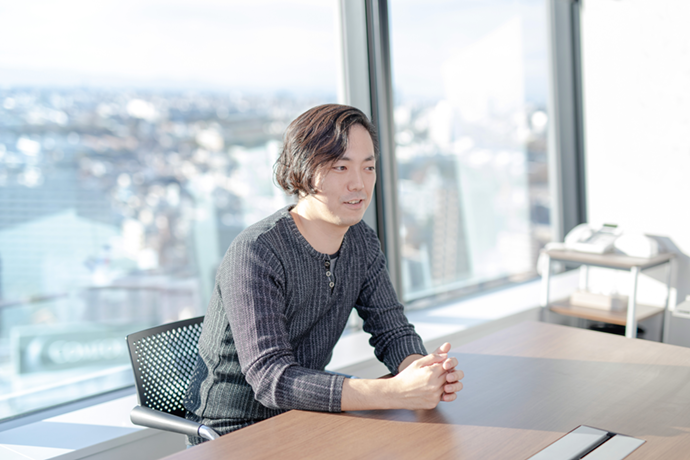
Speaking of console games based on Granblue, I believe Granblue Fantasy: Relink (Relink) is also in development. How did Relink come to be?
Fukuhara: Shortly after Granblue went live, many players mentioned how much fun it would be to explore that world on a home gaming console. Action RPG was the most requested and most suitable genre for a spin-off, so our development path was pretty much decided for us.
Much like GBVS, we want existing Granblue fans to play this game, but we also want console gamers who are reluctant to play mobile games to give Relink a try.
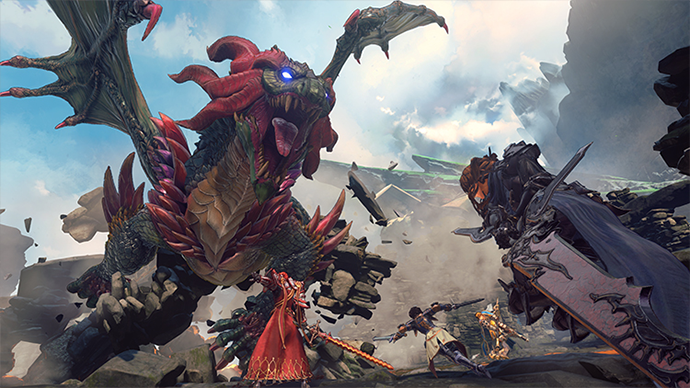
Click below for an article about our tour of Osaka Cygames, where Relink is being developed.
An In-Depth Tour of a Game Dev Studio! Osaka Cygames and Granblue Fantasy: Relink Development
Starting development on this new game is possible thanks to the many fans of the Granblue IP. It seems that one of Cygames’s strengths is having a work environment that is conducive to creating high-quality mobile and console games. What are your thoughts on that?
Fukuhara: Right. As a game developer, I feel very lucky to be in this work environment. We’re currently hard at work developing an in-house triple-A title, Project Awakening, among other games. If we can continue to make console games like this, I think even more possibilities will open up for us as a game company.
Now that you have developed both mobile and console games, what sticks out to you about creating new works?
Fukuhara: I’d say it’s being able to create different fun experiences for players through an IP on either platform. That’s especially true for Granblue. It has many devoted fans who have been playing for several years, and I think we can offer them new experiences like GBVS and Relink while they continue to play Granblue in real time on mobile. That’s not a common sight in the gaming industry.
I think GBVS is a game that can be enjoyed by both Granblue players and people new to the franchise. We’re hard at work developing Relink in order to reach the same level of success.

Lastly, please tell us about what is planned for Granblue in the future.
Fukuhara: Granblue, with its many fans, has become a defining IP for Cygames. Thanks to the support of those fans, we’re able to make spin-off games like GBVS and Relink, as well as two seasons of the anime series.
We’d like to keep the pedal to the floor and expand Granblue; not just within Japan, but throughout the entire world. Japan has created many video games that everyone’s heard of. We’re working hard to get Granblue on that list as well.
Cygames’s vision is to be the best in entertainment, and I believe we can make that happen.



